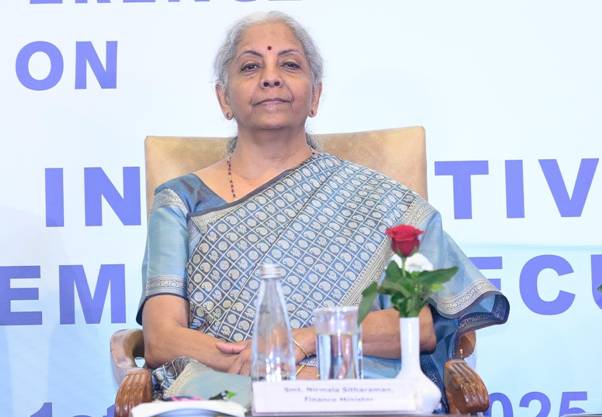India’s Finance Minister Nirmala Sitharaman has started an important official trip to Bhutan that runs from October 30 to November 2, 2025. This journey highlights the strong bond between the two countries and focuses on expanding their work together in economy and development areas.

Exploring Cultural Heritage and Key Projects
The minister kicked off her schedule by heading to the Sangchen Choekhor Monastery, a place built in 1765 where more than 100 monks study advanced Buddhist teachings. This stop sets a respectful tone for the entire visit.
During her stay, she plans to check out several major initiatives backed by Indian assistance. These cover the Kurichhu Hydropower Plant, including its dam and powerhouse, along with the Gyalsung Academy. She will also spend time at the Sangchen Choekhor Monastery again and the impressive Punakha Dzong.
Such visits allow a close look at how Indian support helps Bhutan grow its infrastructure and skills. The hydropower plant stands out as a prime example of energy collaboration that benefits both sides.
High-Level Meetings with Bhutan Leaders
A key part of the trip involves meetings with top Bhutanese officials. The minister will meet His Majesty the King Jigme Khesar Namgyel Wangchuck and Prime Minister Dasho Tshering Tobgay. These discussions aim to build even closer relations.
She will also sit down for detailed talks with Bhutan’s Finance Minister Lekey Dorji. The focus will be on new ways to enhance financial and economic links between India and Bhutan.
Presentations on Bhutan’s Development Plans
The agenda includes sessions where experts share updates on vital sectors. Officials from Druk Green Power Corporation Limited will talk about Bhutan’s energy field and its future goals.
Another highlight is Bhutan’s 21st Century Economic Roadmap, which outlines strategies for sustainable growth. Representatives from Druk PNB and the Bank of Bhutan will explain the banking and financial landscape.
Attendees will also learn about the Gelephu Mindfulness City project. This ambitious plan combines urban development with wellness and innovation, showing Bhutan’s forward-thinking approach.
These presentations give a clear picture of how Bhutan is shaping its economy while keeping its unique identity intact.
Experiencing Digital Connectivity in Action
One exciting moment comes at the Cottage and Small Industries Market. There, the minister will see a live payment made through India’s Unified Payments Interface, or UPI. This demonstrates how digital tools are bridging the two nations financially.
UPI has changed everyday transactions in India, and its use in Bhutan points to smoother cross-border trade and tourism. It is a practical step toward modern economic integration.
Visiting Punakha Dzong and Meeting Farmers
Toward the end of the trip, the minister will explore Punakha Dzong, the second oldest and second largest fortress in Bhutan. This architectural wonder reflects the country’s rich history and cultural depth.
On the route to the dzong, she will chat with local farmers. These conversations will cover their farming methods, the hurdles they face, and potential growth areas. Understanding agriculture firsthand helps in crafting better support policies.
Bhutan places great importance on farming that respects the environment, and such interactions strengthen people-to-people connections.
The Bigger Picture of India-Bhutan Partnership
This visit goes beyond schedules and meetings. It reinforces the deep trust and shared goals that define India-Bhutan relations. Both countries work together on regional progress, with India providing steady help in various fields.
From energy projects to digital payments, the cooperation touches daily lives and long-term plans. The trip opens doors for more joint efforts in trade, technology, and sustainable development.
As neighbors with aligned interests, India and Bhutan continue to set an example of friendly and productive ties. Initiatives like these ensure mutual benefits and stability in the area.
The minister’s packed itinerary shows commitment from both sides to nurture this special relationship. Future collaborations could bring even more advancements in economy and beyond.
Overall, Nirmala Sitharaman’s journey to Bhutan marks a positive chapter in bilateral story. It blends tradition with modern goals, paving the way for stronger partnerships ahead.
